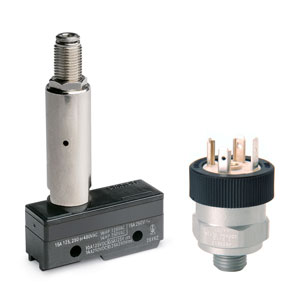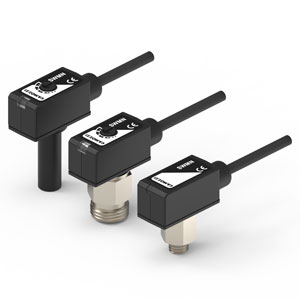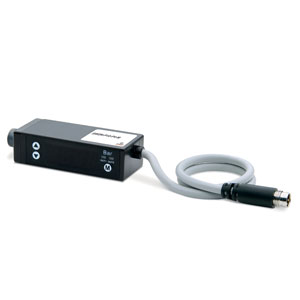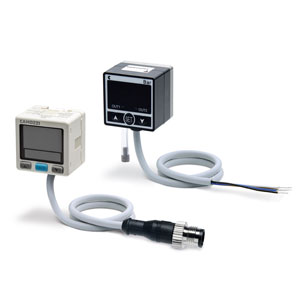Pressure switches and vacuum switches
Pressure switches are crucial devices in industrial automation and process control. Their main role is to monitor pressure within a system, such as pneumatic or hydraulic circuits, to ensure operational safety and efficiency. Vacuum switches are used to monitor the vacuum level within a system. A specific variant of pressure switches, they are designed to operate under low pressure or vacuum conditions.
Vacuum Switch
Vacuum switches are a specific variant of pressure switches and are particularly useful in applications requiring constant vacuum maintenance, such as in the semiconductor industry or in vacuum technologies. They monitor the pressure within a system and activate an electrical switch when the pressure drops below a preset value, indicating that the desired vacuum level has been reached. This switch can control vacuum pumps or other devices, ensuring that the vacuum level remains within the specified limits for the specific application.
Examples of Pressure Switch Applications
Pressure switches are used in all industrial sectors, from pneumatics to hydraulics, industrial automation to HVAC (heating, ventilation and air conditioning), confirming their versatility and indispensability. For example, they are used in air compressor control to maintain pressure within safe and optimal limits. In the automotive industry, they monitor engine oil pressure, alerting the driver if the pressure is too low, indicating a lubrication system problem. Vacuum switches are also frequently used to control vacuum levels in brake servos, ensuring there is enough vacuum to support the power braking system. If the vacuum falls below a certain level, the switch can activate a signal or a backup system to ensure vehicle safety.
What are Pressure Transducers and Sensors?
Pressure transducers and sensors are essential elements ensuring the precision and efficiency of pressure switches and vacuum switches. Transducers convert pressure into an electrical signal, while pressure sensors detect pressure changes and transmit the information to the control system.
Technical Characteristics of Pressure Switches
Pressure switches are versatile and can be used in various applications with different fluids – either liquids or gases. Their reliability makes them indispensable for ensuring the proper functioning of a system. They consist of a pressure-sensitive element, such as a diaphragm or piston, that responds to pressure changes. This element, when moved, activates an electrical contact, which can be configured to open or close at a certain pressure, allowing systems to turn on or off or activate alarms.
Product Availability by Store Location
Hours
 Switzerland
Switzerland






